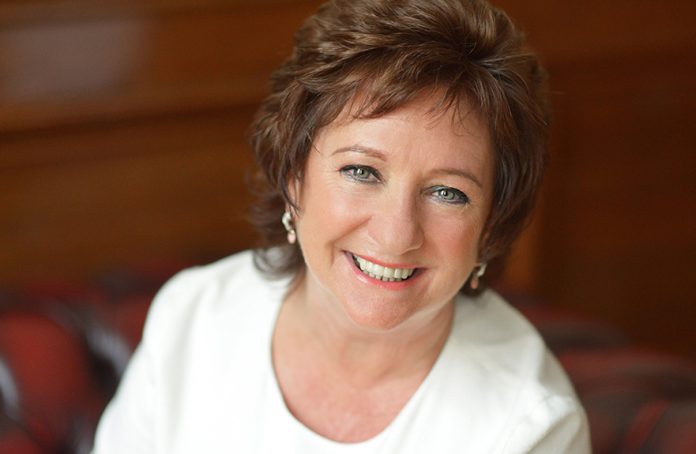Nearly 50 years since it became unlawful to pay women less than men for equal work, the so-called gender pay gap persists like an unwelcome stain on our economy.
It was disturbing to see that the – painfully – slow progress being made towards narrowing the gap in the last decades went into reverse last year. Since 2013 the median pay for women had been eking ever closer to that of their male counterparts. But figures from the Office for National Statistics (ONS) indicated that in the year to April 2019, the gender pay gap for full-time workers rose to 8.9 per cent – up from 8.6 per cent the previous year.
It could be that the small reversal is not statistically significant, but it is still a worry. Progress on the last seven years in particular has been glacially slow. The areas of employment where the gap gaped should also send warning signs about recent efforts to see women promoted and supported in the workplace.
Nearly ten years since the Davies Review, the government-backed project which set ambitious targets for representation of women in the board room, the ONS report reveals that women in high-paying managerial, professional and senior official roles are falling behind their male counterparts in pay.
Although the 30% Club campaign group and the Hampton-Alexander review, which succeeded Davies, have reported significant progress towards targets of having 30 per cent or more women on board roles on FTSE350 companies, the ONS figures show a significant anomaly. The wage gap for senior women – particularly those over 40 – has risen from 13.9 per cent to 15.9 per cent.
A broken pipeline
The ONS said that women over 40 are more likely to work in lower-paid jobs and, compared with younger women, are less likely to work as managers, directors or senior officials. There’s a problem here which shows that while targets are being met, the talent pipeline looks broken.
If companies are going to benefit from diversity in leadership roles – and research has repeatedly shown us they do – then women in their 30s and 40s should be the focus of work patterns and leadership programmes that suit them.
In Scotland, SCC works with the next generation of businesswomen in leadership roles through our partnership, Future Female Business Leaders. Facilitated through SCC, in partnership with senior women in business and the Association of Scottish Businesswomen, the goal of the mentorship programme is to enable everyone to reach their potential and to grasp business opportunities here in Scotland and internationally.
However, the ONS figures show the wage gap is not restricted to professionals and senior roles. Drilling down into the job role-level statistics, even jobs that are dominated by women have a gap. For example, receptionists – the friendly face at the front desk is a woman 91 per cent of the time. Yet men in the role make nearly £4,500 more per year. The wage gap is also significant among part-time workers, which tend to be lower paid than their full-time counterparts and are largely made up of women.
Incentivise upskilling
Businesses in Scotland need to attract and retain the talent they require. Focus on the talent pipeline in recent years has necessarily been on young people – with a robust system of apprenticeship opportunities now available for 16-to-25-year-olds across Scotland. This is something we should be proud of.
However, our members persistently highlight that skills development mustn’t end at 25. Access to people is one of the biggest issues facing our business communities. Firms of all sizes and sectors are grappling with skills shortages, falling productivity and the changing nature of the workplace. We require the development of opportunities to support and incentivise businesses in training, upskilling and re-skilling as well as developing the adult workforce (those over the age of 25) already in work.
Recent research found a 39 per cent increase in the number of employees requesting flexible working arrangements compared to two years ago. Flexible working initiatives are the foundation stones to creating modern working environments that are suitable and attractive to all employees, including women. This in turn will enable firms to recruit from a wider, more diverse talent pool and retain workers who might otherwise leave the business.
Employers must identify and remove all barriers to training and career development opportunities to support women into senior level positions and enable parents and carers to thrive in skilled roles.
We also need stronger government initiatives to break down the wider barriers. Ensuring access to quality, affordable childcare, better careers advice for young people, and funding for high quality apprenticeships and technical education would go a long way to helping women across all sectors.






